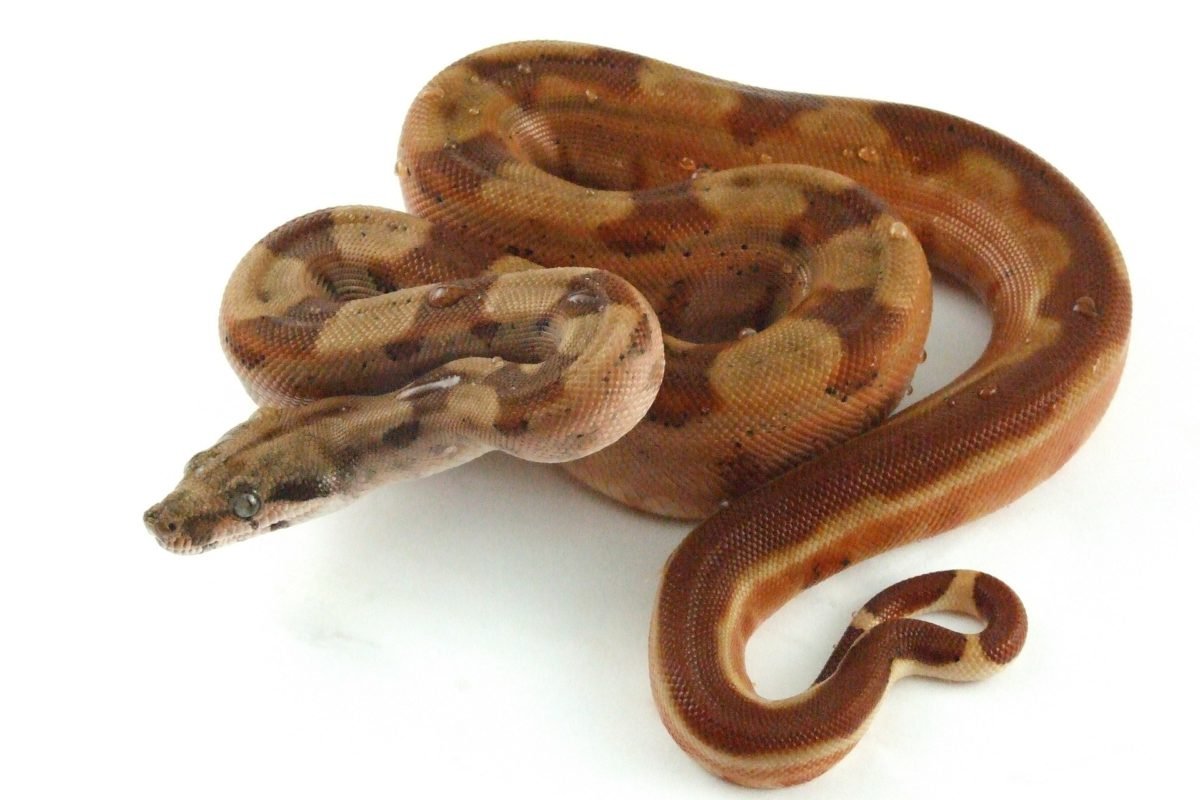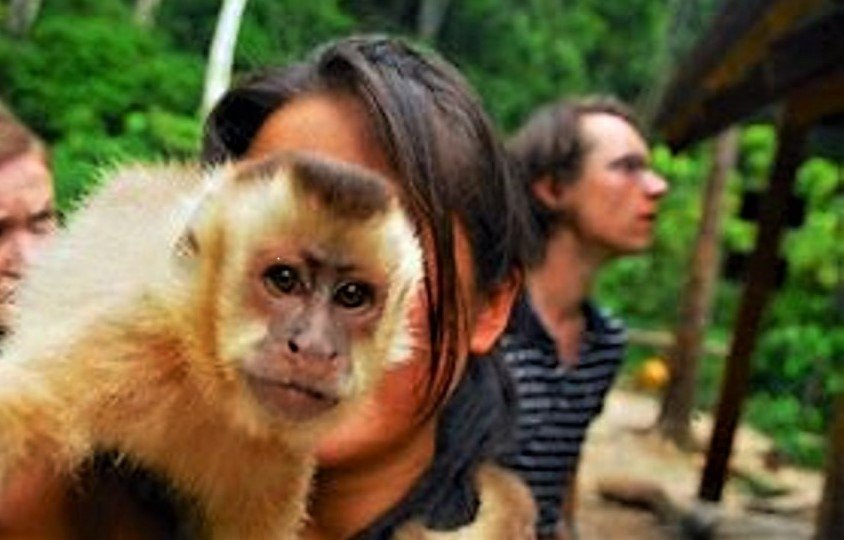-
Vets and Exotic Pets

The British Veterinary Association (BVA), The American Veterinary Medical Association (AVMA), The Federation of Veterinarians of Europe (FVE) and even the British Veterinary Zoological Society (BVZS) plus most other governing veterinary organisations worldwide have stated they are concerned about this burgeoning trade. They believe that ownership is a threat to native species, is a cause…
